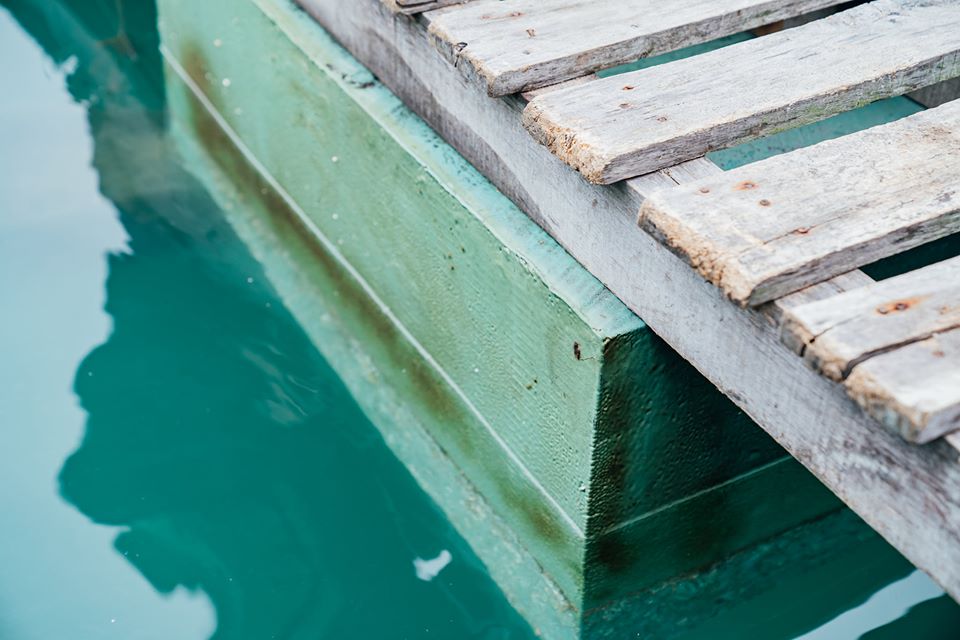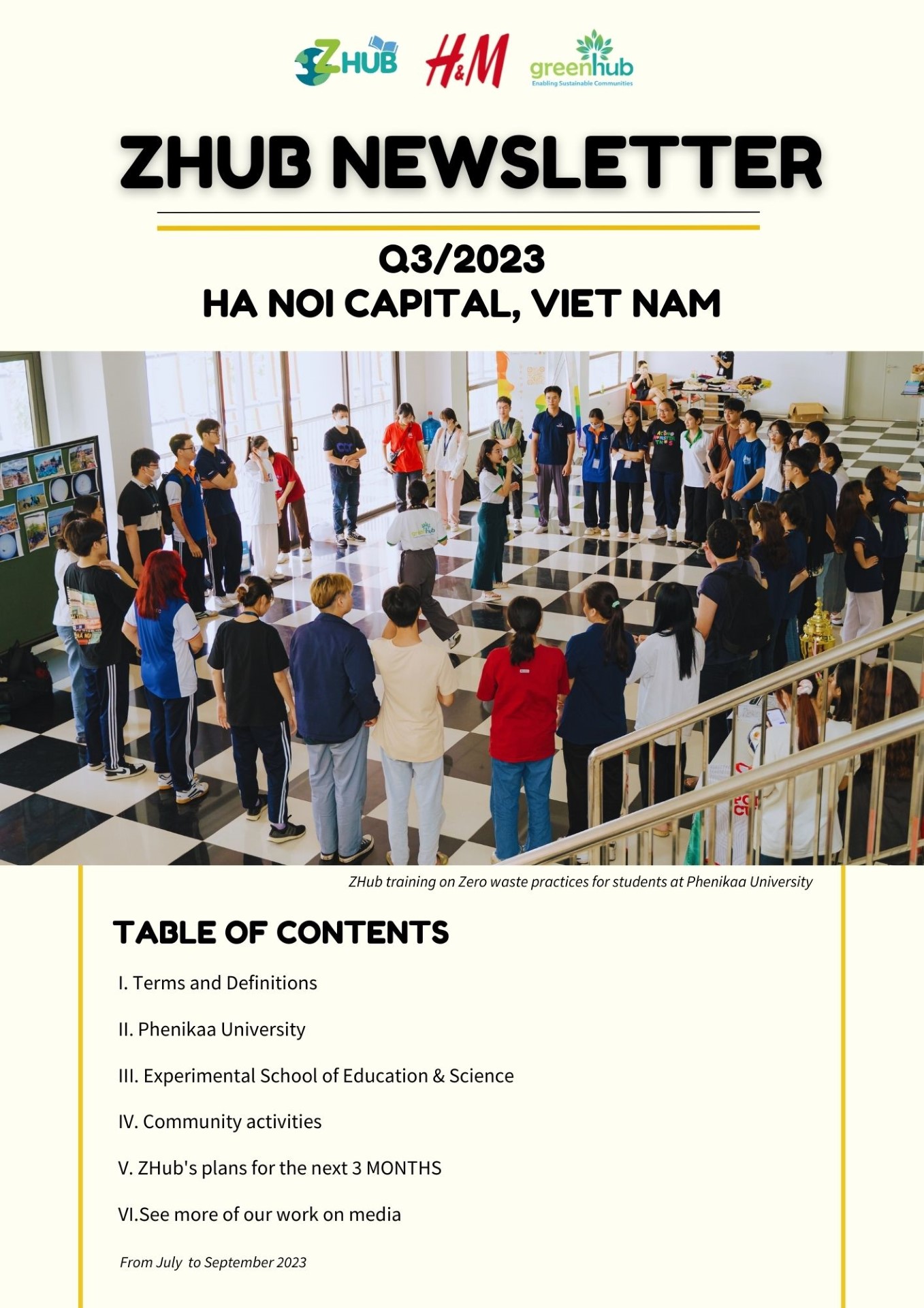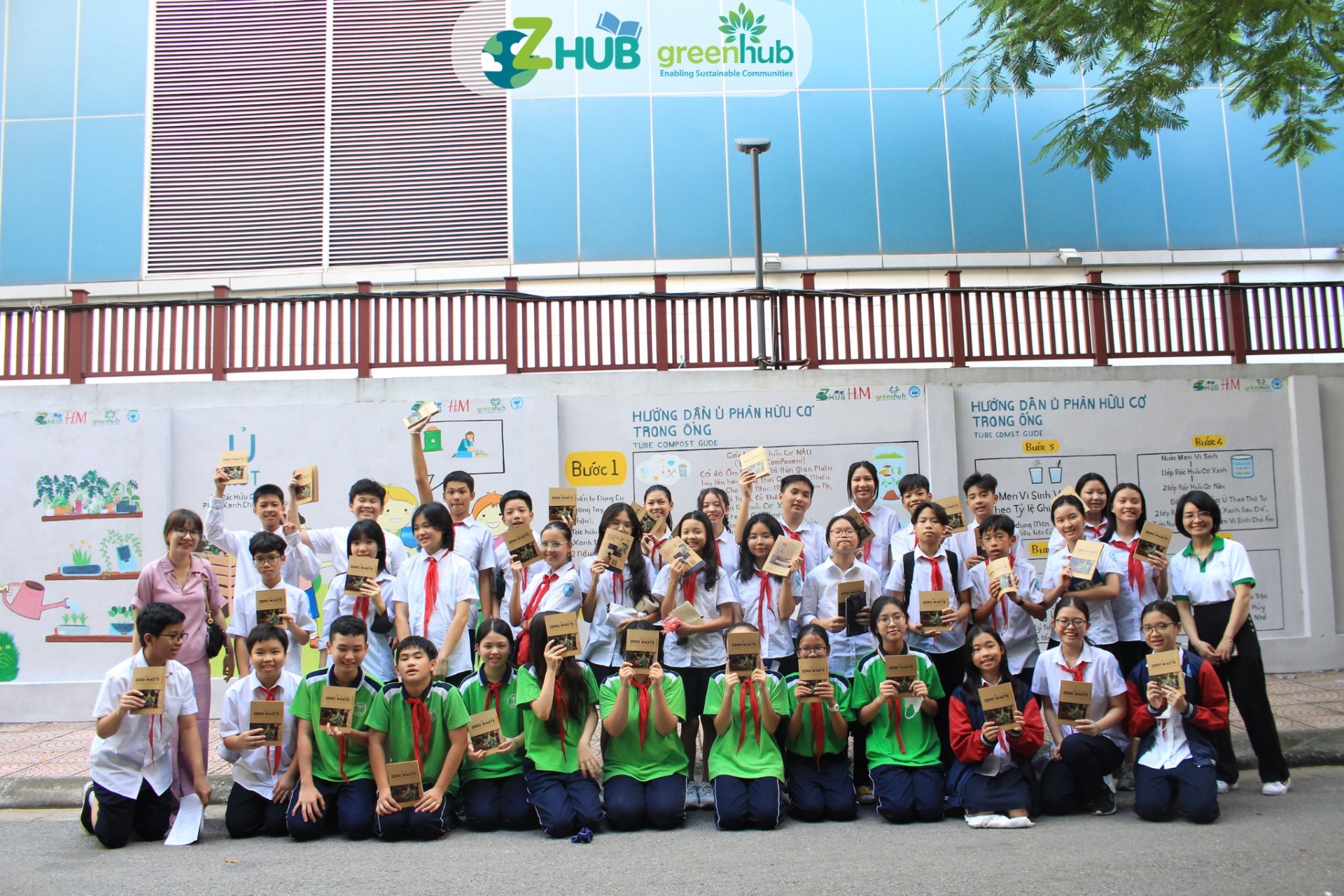GreenHub has cooperated with the International Collaborating Centre for Agricultural and Fisheries Sustainability (ICAFIS) in our GreenBays project (sponsored by The United States Agency for International Development – USAID) to reduce marine debris in the Ha Long Bay area. One of the strategies we have used is the trialling of alternative materials for plastic buoy floats and the use of biological products. On 28th December 2019, the first year of the trial of Line-X painted buoys in Ha Long and Bai Tu Long bay concluded.
The project was initially launched in response to coastal waste survey data from the region that showed that one of the main types of waste was polystyrene from marine aquaculture areas. In order to address this, the Line-X plastic buoy solution was introduced. This involved painting polystyrene buoys with a special coating to stop them disintegrating into the ocean, thus increasing their durability and limiting the amount of polystyrene ending up in the ocean.
Over a period of one week, GreenHub, Van Chai Tourist Service Cooperative, and ICAFIS worked together on the project’s evaluation “Field evaluation: Line-X painted buoys pilot and Stakeholders Cooperation”. Its main aim was to encourage the use of eco-friendly buoys and biological products in Ha Long bay, Bai Tu Long bay and Cat Ba.
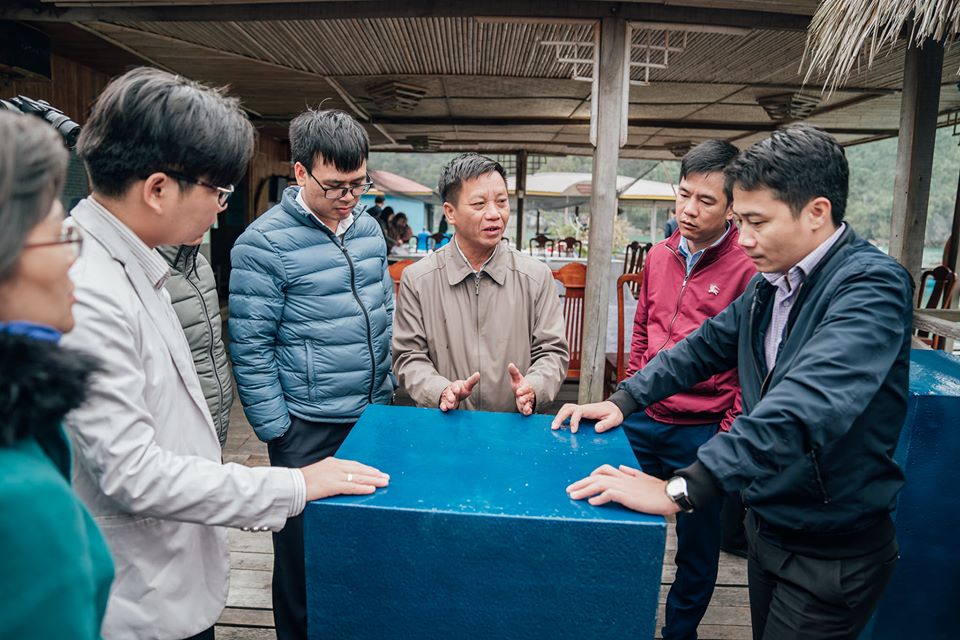
Representatives from the following organisations participated in the session: Department of Natural Resources and Environment, Department of Agriculture and Rural Development of Quang Ninh province Management Board of Ha Long Bay, Management Board of Bai Tu Long National Park, Institute of Environmental Technology – Vietnam Academy of Science, Institute of Fisheries Economics and Planning, Marine Farming Association, Maritime University Vietnam, FSV Group Trade Joint Stock Company, Women Association of Yet Kieu Ward, Ha Long City, Vietnam News Agency, etc. with members of Van Chai Tourist Service Cooperative and Bai Tu Long fishermen.
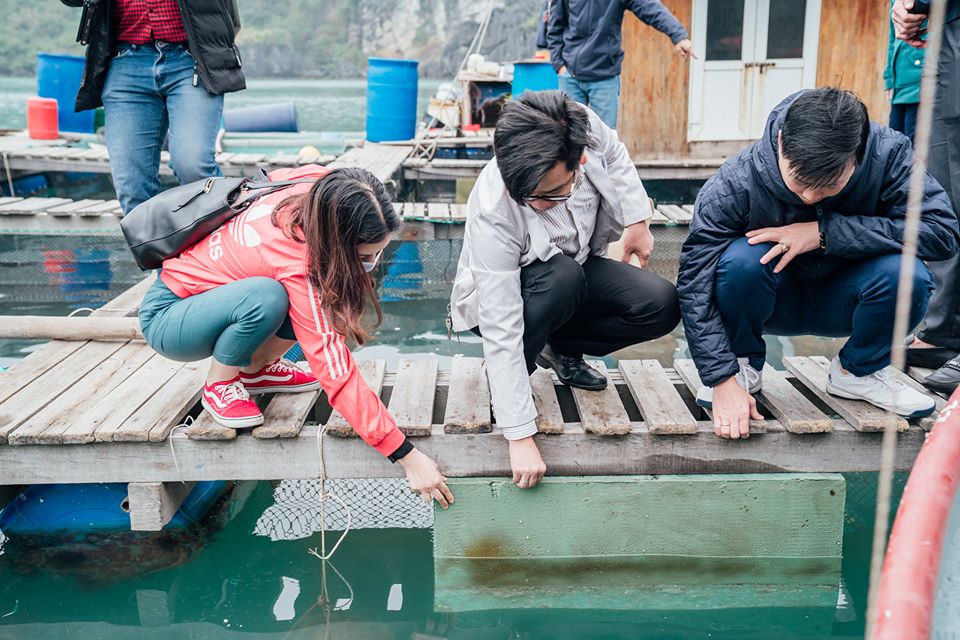
The participants did a field trip to sightsee, evaluate the trial of Line-X painted buoy floats, and listen to the stories of fishermen and Van Chai cooperative members after one year of using the pilot. Moreover, they discussed the related issues of using sustainable pool floats and biological products. They also provided the ideas to create a green Ha Long Bay.
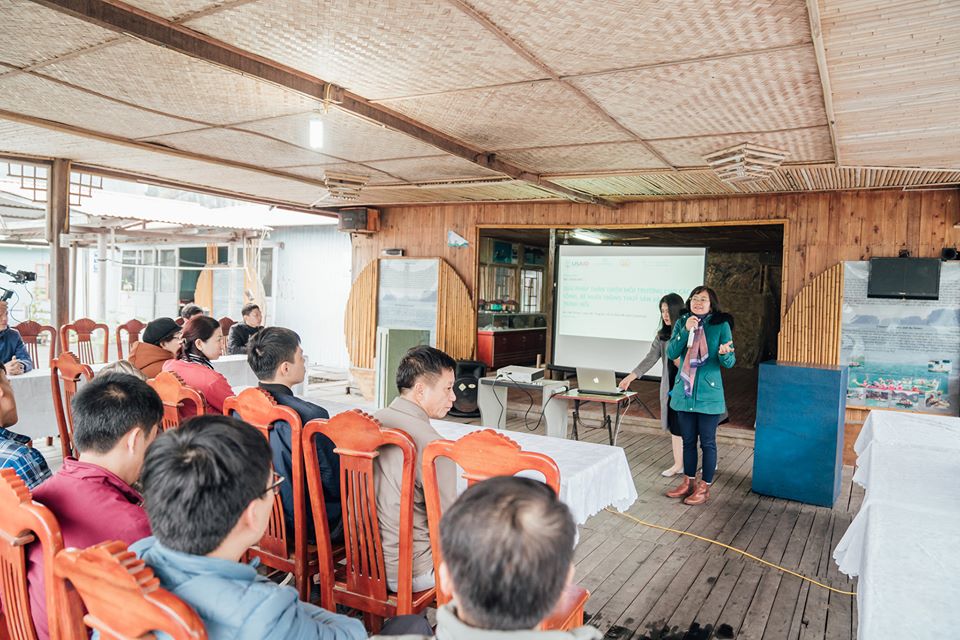
While discussing, the implementation team gathered various information and contributing ideas. They gained an insight into environmental solutions in terms of floating material in aquaculture in Ha Long and Bai Tu Long Bay.
“The trial using Line-X painted buoys has been an efficient environmental solution getting rid of polystyrene waste and contributing to local sustainable development. However, the introduction of special standards, along with local policies, are needed to implement this effectively.”
Based on the success of the first year of the pilot e, Greenhub is going to cooperate with technological partners and the district government to introduce Line-X painted buoys more widely. We will work off this scientific foundation and create new policy for the next iterations. GreenHub is confident that this will be another positive step in reducing the amount of marine debris that is polluting our oceans.
